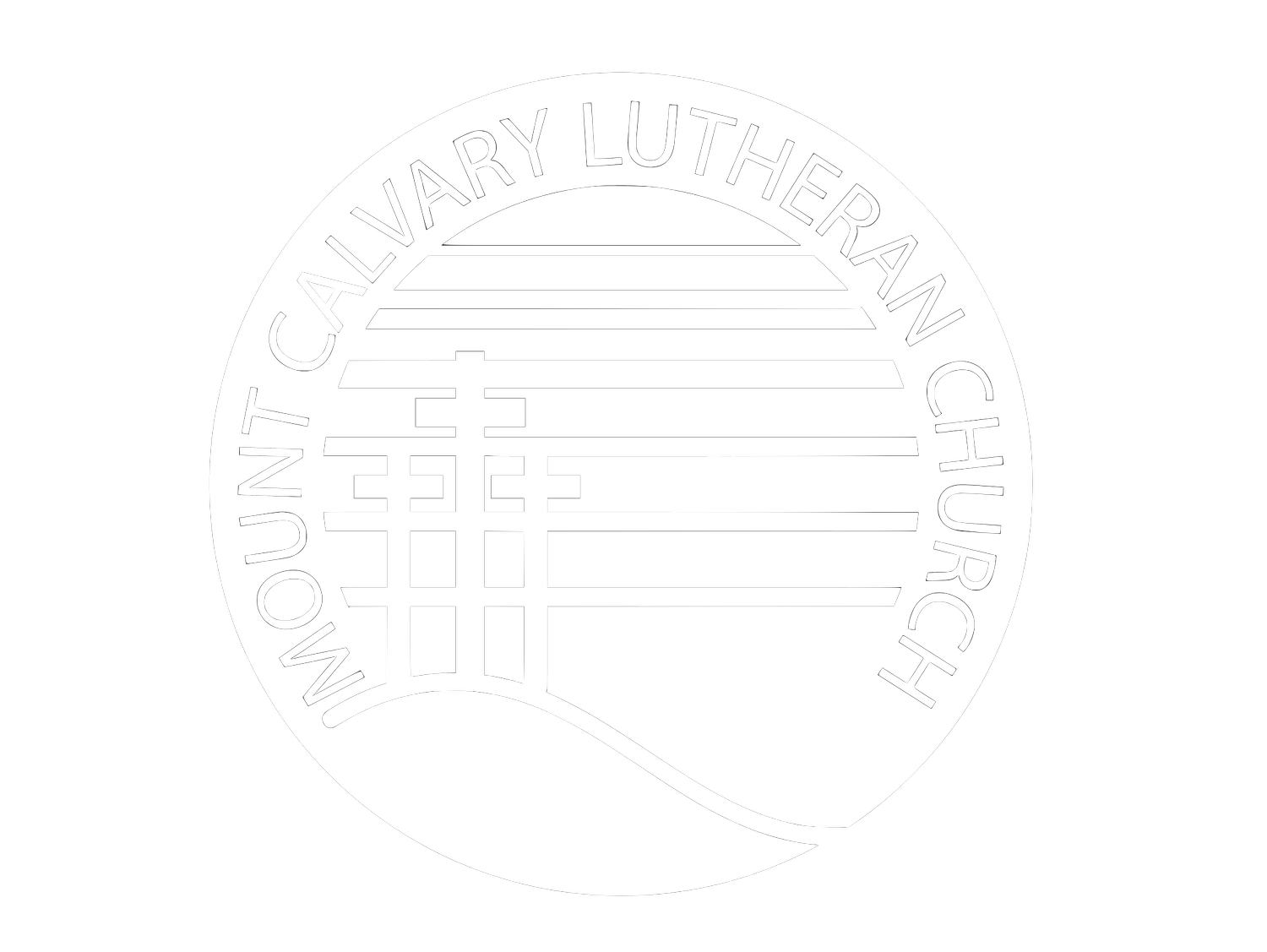Dear Mount Calvary Lutheran Church,
What have you been reading this summer? Like many Americans, I found myself with a little more time to read this summer, and like many folks, I enjoyed some audiobooks going on the customary summer road trip to see family. This summer I read,
· The Relentless Elimination of Hurry by John Mark Comer. If you are like me and not a big self-help guy, this is still a must-read. Pastor Comer (an evangelical pastor in Portland, OR) presents a compelling and joyful way of being rooted in the way of Jesus’ earliest followers and quite distinct from contemporary life.
· The Anxious Generation by Johnathan Haidt. Haidt’s book is a big one for parents or people in education professionally. Haidt responds to the epidemic of anxiety in our children and ourselves.
· The Devils or The Possessed by 19th-century Russian master Fyodor Dostoevsky. Dostoevsky is considered one of the greatest novelists of all time, and this 800-page beast shows why. Part satire of atheism and part dark prophecy of the coming Soviet Union, I would be careful recommending this work given its scope and content.
· Selections from the Nicomedian Ethics by Aristotle. The Greek philosopher Aristotle wrote three centuries before Christ about an unknown God named the Logos behind the gods and the created world. The New Testament writers regularly interact with Aristotle and other pagan philosophers. John writes, “In the beginning was the logos and the logos was God and the logos became flesh and dwelt among us… grace and truth came through Jesus Christ.” Paul in Athens says at the altar to the unknown god, “What you call unknown, I proclaim to you, Jesus Christ.”
· Consolations to the Dying by Johann Gerhard. Gerhard is a famous 17th-century Lutheran theologian. This little work is a fictional conversation between a pastor and a parishioner about the fears one has before dying. A pastoral classic!
· The Gospel of John, Genesis, 1st Timothy, Romans, and Proverbs. Much of this work was in preparation for sermons and Bible study. I read the Gospel of John devotionally. I am also really enjoying the book of Proverbs right now. Talk about a good self-help book!
Back-to-school season is upon. Indeed, school has been in session for almost a month in some cases. This seems like a good time to plug Bible Study at Mount Calvary. Beginning September 21st, there will be two Bible Studies at Mount Calvary—one for students and one for adults. Thomas, GCU seminarian, Joel, GCU student, and I will each have a chance to teach. The adult class is working through Romans. If you are new or mature in the Christian faith helps you put it all together.
Additionally, this month will see the start of Pastor and Pancakes on the first Sunday of the month. This is an opportunity to meet informally over food and discuss a key document from early Christian history at 8am in the lounge.
So far, this letter has been heavy on the follow Jesus aspect of our mission motto of Meet Jesus, Follow Jesus, and Serve Central Phoenix with Jesus. Please find listed several other key announcements concerning the congregation, especially with regards to worship and outreach.
· I am pleased to announce Todd Barrick as our new worship leader. Todd brings extensive experience in a variety of settings and on a variety of instruments to the role. I think you will, along with me, be impressed by his big heart, sincere faith, and professionalism. Todd will begin on September 28th.
· We are up to help with Family Promise this week. There are still a couple of openings if you are interested. The sign-up link can be found here. https://www.signupgenius.com/go/10C0549ABAC2AA3F5C61-58399059-copy#/
· During September and October, there will be fellowship events for men, women, and students.
· Although Jan White remains in the hospital, I will be visiting MCLC homebound members on September 23rd.
· I am working with our GCU friends to get us on campus for GCU’s “Local Church Fair.” This is a great chance for us to meet and greet students across campus.
Thank you for your ongoing support. “Now may the God of all peace himself sanctify you completely, and may your whole spirit and soul and body be kept blameless until the coming of our Lord Jesus Christ.” (1 Thessalonians 5:23)
In Jesus’ Service,
Pastor Kurt






